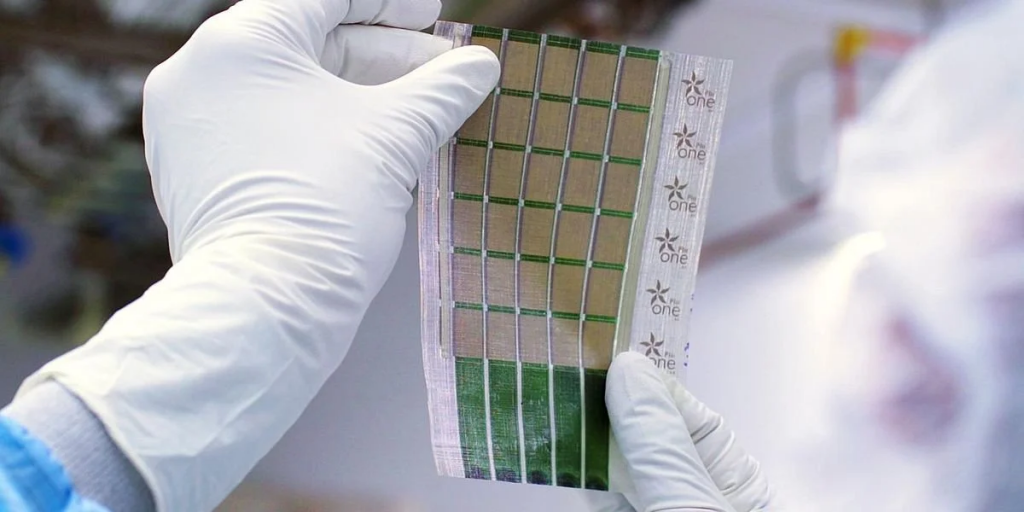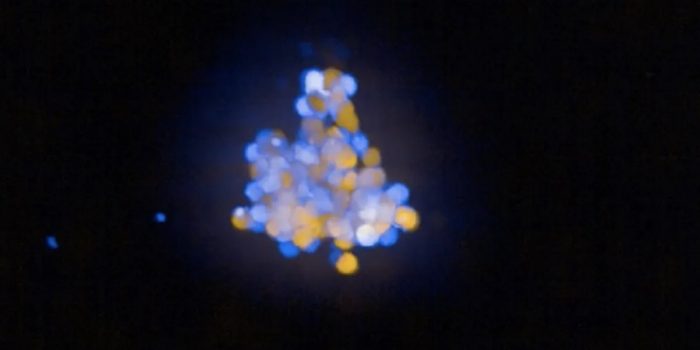Scientists at the University of California, San Francisco (UCSF) have developed molecules that function like “cellular glue.” It is a huge leap toward creating tissues and organs through regenerative medicine.
Natural adhesive molecules in the body make up structures, create neuronal circuits and guide immune cells to their targets. Adhesion also helps in communication between cells to keep the body functioning as a self-regulating whole.

“We were able to engineer cells in a manner that allows us to control which cells they interact with, and also to control the nature of that interaction,“ said senior author Wendell Lim, Ph.D., the Byers Distinguished Professor of Cellular and Molecular Pharmacology and director of UCSF’s Cell Design Institute. “This opens the door to building novel structures like tissues and organs.”
By adulthood, many of the molecular instructions that guide generative processes have disappeared, and some tissues, like nerves, cannot heal from injury or disease.
“The properties of a tissue, like your skin, for example, are determined in large part by how the different cells are organized within it,” said Adam Stevens, Ph.D., the Hartz Fellow in the Cell Design Institute and the first author of the paper. “We’re devising ways to control this organization of cells, which is central to being able to synthesize tissues with the properties we want them to have.”
“We’re devising ways to control this organization of cells, which is central to being able to synthesize tissues with the properties we want them to have.” — Adams Stevens, Ph.D.

The researchers made their adhesion molecules in two parts. One part of the molecule acts as a receptor on the outside of the cell and determines which other cells it will interact with. A second part, inside the cell, tunes the strength of the bond that forms.
With the help of this breakthrough, researchers could design tissues to model disease states, to make it easier to study them in human tissue.
“It’s very exciting that we now understand much more about how evolution may have started building bodies,” he said. “Our work reveals a flexible molecular adhesion code that determines which cells will interact, and in what way. Now that we are starting to understand it, we can harness this code to direct how cells assemble into tissues and organs. These tools could be really transformative.”


